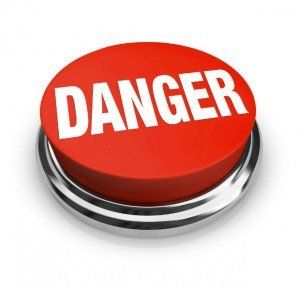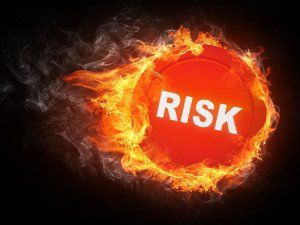







All home heating systems require regular maintenance to function safely and efficiently. Having your chimney and/or stovepipe cleaned annually by a certified chimney specialist can help to remove these potentially fatal creosote deposits before it’s too late. Every home should have at least one working smoke alarm and carbon monoxide (CO) detector as well. You can buy smoke alarms and CO detectors at any hardware, discount or big-box store. You can consider it inexpensive protection for you and your family. You should install at least one of each on every level of your home (especially near sleeping quarters). Working smoke alarms and CO detectors can double your chances of survival. You should test it monthly, keep it free of dust, and replace the batteries at least once a year. Most units today have a life span of anywhere from eight to ten years, after which the entire unit should be replaced.
All homeowners should also consider investing in a good fire extinguisher. In order to get the best bang for your buck, it is best to buy a multipurpose fire extinguisher for use in your home. For example, one labeled “A-B-C” combines the abilities of three different extinguishers in one canister—Class A (fires involving ordinary combustible materials), Class B (fires involving flammable liquids), and Class C (electrical fires). This would be a great extinguisher to keep in a centralized location in your home, as it could be used for fires resulting from the vast majority of combustibles and/or accelerants in your home.
Should a fire ever occur in your home, your ability to get out depends on advance warning from smoke alarms and advance planning. Pull together everyone in your home and make a fire escape plan. Walk through your home and inspect all possible exits and escape routes. If you have children in your home, you should consider drawing a floor plan of your home, marking two ways out of each room, including windows and doors. This is a great way to get children involved in fire safety in a nonthreatening way.
We could go on forever talking about fire safety, but we won’t. Teaching everyone in your home about fire safety and prevention can be one of the most important things you will ever do as a homeowner. Children are taught about the dangers of fire in school, but they rarely learn about these dangers in their home environment. Fire safety awareness will instill a sense of responsibility in everyone in your home and can also save their lives. We wish you a happy and safe heating season.






